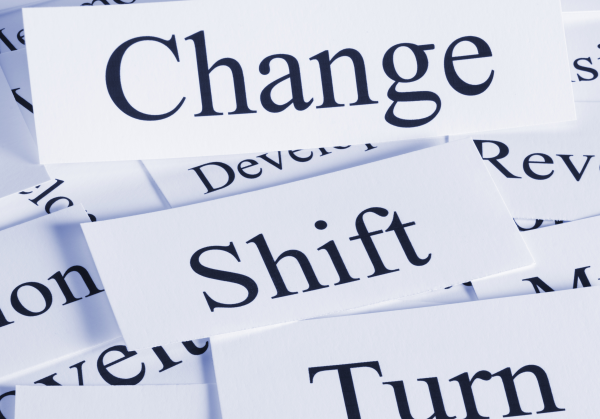The latest report from the Australian Institute of Health and Welfare has revealed the impact of means testing on the Private Health Insurance Rebate with an ongoing shift in outlays to insurers and their customers.
In its report, Health expenditure Australia 2016–17, the AIHW says the $6 billion paid through the Rebate every year has not changed in real terms since 2011-12.
The former Labor government introduced the means test in 2012. It was originally announced as part of the 2009-10 Budget.
The means test was introduced alongside an increase in the Medicare Levy Surcharge, for high-income earners without private health insurance, and removal of the Rebate from Lifetime Health Cover loadings.
A subsequent reform meant government spending on the rebate was indexed to inflation rather than premium increases. This means the rebate declines as a share of private health insurance premiums every year.
The government contributed $5.95 billion to the Rebate in 2011-12. It was $5.85 billion in 2016-17.
According to the new report, private health insurers' share of total expenditure rose following the introduction of income testing of the Rebate in July 2012, from 7.4 per cent in 2011–12 to 8.8 per cent in 2016–17.
At the same time, the federal government’s share fell by 1.7 percentage points, driven by the means test applied to the Rebate.
"The introduction of income testing has had the effect of reducing the subsidies paid by the Australian Government on private health insurance premiums without an equivalent reduction in benefits paid," says the report.
Benefit outlays by private health insurers have grown at an average rate of 6.5 per cent since 2011-12. This has comfortably outstripped growth in spending by governments and consumers.
The report has also revealed a significant increase in the contribution of private health insurers to public hospitals.
Insurers contributed $1.2 billion to the public hospital system in 2016-17, up 4.8 per cent on the previous year, with consumers paying $1.4 billion in gap payments related to the use of private health insurance in public hospitals.
Average health spending by individuals actually declined in 2016-17, for the second year in a row, from $1,200 to $1,190.
Australians spent on average almost seven times more on over-the-counter and other medicines than on subsidised prescription medicines.
Australians spent on average more on over-the-counter and other medicines than any other health category, including visits to the doctor, dentist and hospitals. Around one-third of average out-of-pocket spending on health is on over-the-counter and other unsubsidised medicines.
